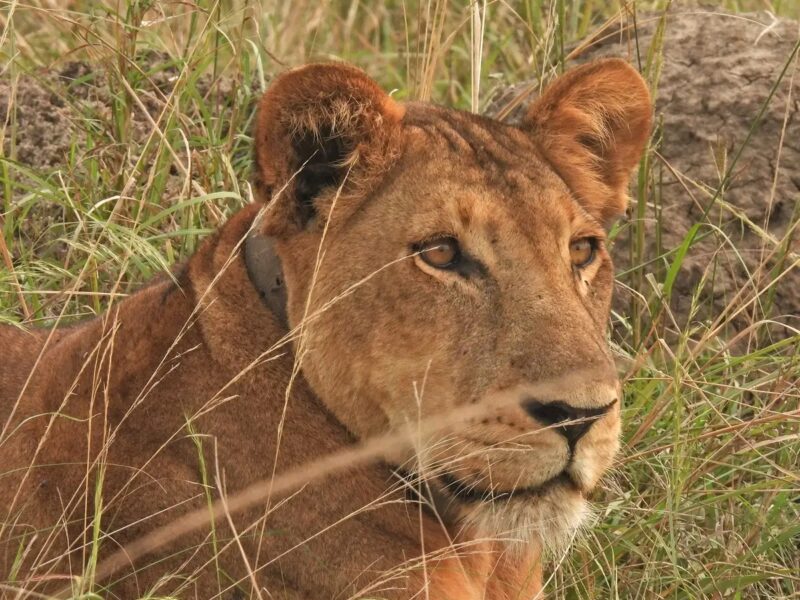Ngorongoro Conservation Area
The Ngorongoro Conservation Area is a remarkable protected area located in northern Tanzania. It is renowned for its stunning natural beauty, rich biodiversity, and the awe-inspiring Ngorongoro Crater.
The Ngorongoro Conservation Area offers a unique and captivating safari experience, combining breathtaking landscapes, incredible wildlife encounters, and an opportunity to immerse oneself in the fascinating Maasai culture. It is a must-visit destination for nature enthusiasts and those seeking a remarkable wildlife adventure in Tanzania.
Here’s more information about the Ngorongoro Conservation Area:
Location
The Ngorongoro Conservation Area is situated in the Crater Highlands of northern Tanzania. It covers an expansive area of about 8,292 square kilometers (3,202 square miles) and shares borders with the Serengeti National Park to the northwest.
Ngorongoro Crater
The Ngorongoro Crater is the centerpiece of the conservation area and is often referred to as the “Eighth Wonder of the World.” It is a massive volcanic caldera formed by the collapse of a volcano millions of years ago. The crater floor spans approximately 260 square kilometers (100 square miles) and is home to a vast array of wildlife.
Wildlife
The Ngorongoro Crater is teeming with wildlife, including a high concentration of predators and the “Big Five” (lions, elephants, buffalos, leopards, and rhinos). Other commonly sighted animals include wildebeests, zebras, gazelles, cheetahs, hyenas, hippos, and various species of antelopes. The crater’s unique ecosystem supports a wide variety of bird species as well.
Conservation Significance
The Ngorongoro Conservation Area holds immense ecological and cultural significance. It has been designated as a UNESCO World Heritage Site and is recognized as one of Africa’s most important conservation areas. The conservation efforts in the area aim to protect the wildlife and maintain the delicate balance of the ecosystem, while also safeguarding the cultural heritage of the local Maasai people.
Maasai Culture
The Maasai people have inhabited the area for centuries and continue to live in harmony with the wildlife. Their traditional pastoralist lifestyle and rich cultural heritage add a unique dimension to the conservation area. Visitors have the opportunity to engage with the Maasai community, learn about their customs and traditions, and even visit their villages to gain insights into their way of life.
Landscape
Apart from the Ngorongoro Crater, the conservation area encompasses a diverse range of landscapes. It features highland plains, montane forests, open grasslands, and the scenic Lake Magadi, which attracts a variety of bird species. The Lerai Forest, situated on the crater floor, is a verdant oasis filled with acacia trees and serves as a haven for wildlife.
Activities
Game drives are the primary activity in the Ngorongoro Conservation Area, offering visitors the opportunity to explore the unique ecosystem and observe the abundant wildlife. Many lodges and campsites are located on the crater rim, providing breathtaking views of the crater and its surroundings. Guided walks, hiking trails, and visits to Maasai villages to learn about their culture and traditions are also popular activities.
Best Time to Visit Ngorongoro Conservation Area
The Ngorongoro Crater can be visited year-round, but the dry season from June to October is generally considered the best time. During this period, the vegetation is thinner, making it easier to spot wildlife. However, the rainy season (November to May) brings lush green landscapes, migratory bird species, and lower tourist numbers.


